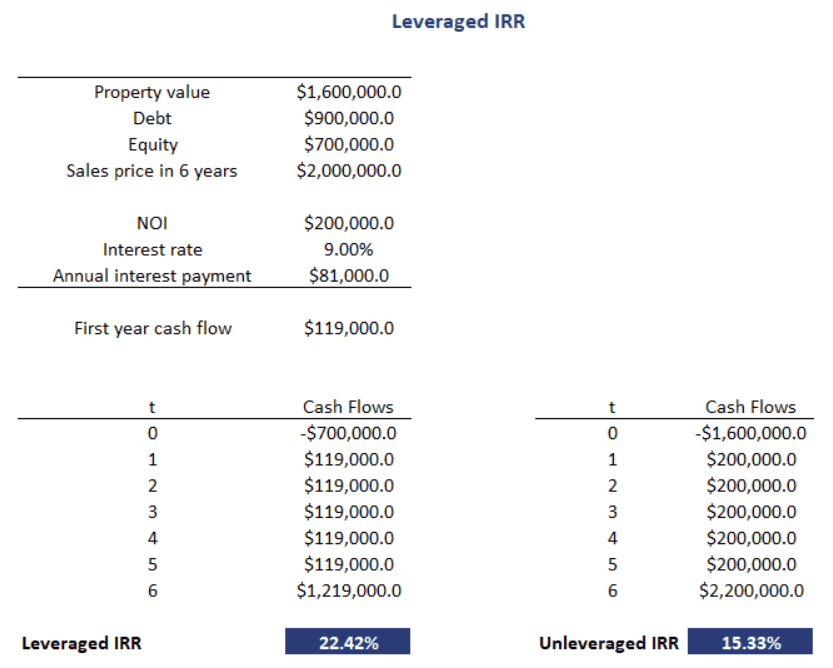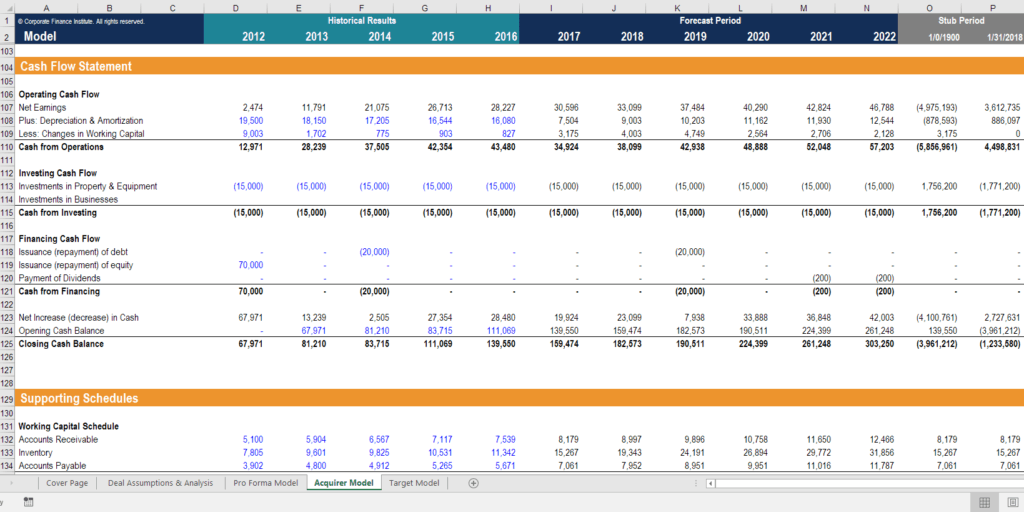Table of ContentsThe 15-Second Trick For What Is The Purpose Of A Derivative In FinanceThe Single Strategy To Use For What Is A Derivative In.com FinanceFascination About What Do You Learn In A Finance Derivative ClassAll About What Is A Derivative In.com Finance
Because they can be so unstable, relying heavily on them might put you at major financial risk. Derivatives are complex monetary instruments. They can be terrific tools for leveraging your portfolio, and you have a great deal of flexibility when deciding whether to exercise them. However, they are also dangerous investments.
In the best hands, and with the best strategy, derivatives can be a valuable part of a financial investment portfolio. Do you have experience investing in financial derivatives? Please pass along any tips in the remarks listed below.
What is a Derivative? Essentially, a derivative is a. There's a great deal of lingo when it comes to learning the stock exchange, however one word that investors of all levels must understand is derivative because it can take lots of forms and be an important trading tool. A derivative can take lots of forms, consisting of futures contracts, forward contracts, choices, swaps, and warrants.
These assets are typically things like bonds, currencies, commodities, rate of interest, or stocks. Take for example a futures agreement, which is one of the most common types of a derivative. The value of a futures contract is impacted by how the underlying contract performs, making it a derivative. Futures are usually used to hedge up riskif a financier buys a certain stock but concerns that the share will decrease in time, he or she can participate in a futures contract to protect the stock's worth.
See This Report about What Is Derivative Market In Finance
The over the counter variation of futures contracts is forwards contracts, which essentially do the same thing however aren't traded on an exchange. Another typical type is a swap, which is usually a contact between two people concurring to trade loan terms. This could involve someone swapping from a fixed interest rate loan to a variable interest loan, which can help them get much better standing at the bank.
Derivatives have actually progressed gradually to include a variety of securities with a number of purposes. Since investors attempt to benefit from a rate modification in the hidden possession, derivatives are typically utilized for speculating or hedging. Derivatives for hedging can often be viewed as insurance policies. Citrus farmers, for instance, can use derivatives to hedge their exposure to winter that could considerably minimize their crop.

Another typical usage of derivatives is for speculation when wagering on a property's future price. This can be particularly valuable when trying to prevent exchange rate problems. An American investor who purchases shares of a European company using euros is exposed to exchange rate threat because if the exchange rate falls or alters, it could impact their overall revenues.
dollars. Derivatives can be traded 2 ways: nonprescription or on an exchange. The majority of derivatives are traded nonprescription and are uncontrolled; derivatives traded on exchanges are standardized. Usually, over-the-counter derivatives carry more risk. Before participating in a derivative, traders should be conscious of the risks associated, including the counterparty, underlying property, rate, and expiration.
The Definitive Guide for What Is A Derivative In.com Finance
Derivatives are a common trading instrument, but that does not imply they are without controversy. Some investors, significantly. In fact, experts now commonly blame derivatives like collateralized financial obligation commitments and credit default swaps for the 2008 financial crisis because they caused too much hedging. Learn more here Nevertheless, derivatives aren't inherently bad and can be an useful and profitable thing to contribute to your portfolio, particularly when you understand the procedure and the dangers (what is derivative finance).

Derivatives are one of the most extensively traded instruments in monetary world. Value of an acquired transaction is obtained from westlake financial logo the worth of its hidden property e.g. Bond, Rates of interest, Product or other market variables such as currency exchange rate. Please read Disclaimer prior to continuing. I will be describing what acquired financial items are.
Swaps, forwards and future items become part of derivatives product class. Examples include: Fx forward on currency underlying e.g. USDFx future on currency underlying e.g. GBPCommodity Swap on commodity underlying e.g. GoldInterest Rate Swap on rate of interest curve underlying e.g. Libor 3MInterest Rate Future on rates of interest underlying e.g. Libor 6MBond Future (bond hidden e.g.
Therefore any changes to the underlying possession can alter the worth of a derivative. what is derivative in finance. Forwards and futures are financial derivatives. In this area, I will describe resemblances and distinctions among forwards and futures. Forwards and futures are really similar since they are agreements in between two celebrations to purchase or sell a hidden asset in the future.
The Ultimate Guide To What Is A Derivative In Finance Examples
Nevertheless forwards and futures have lots of distinctions. For a circumstances, forwards are private in between two celebrations, whereas futures are standardized and are in between a party and an intermediate exchange home. As a repercussion, futures are more secure than forwards and generally, do not have any counterparty credit threat. The diagram listed below shows attributes of forwards and futures: Daily mark to market and margining is required for futures contract.
At the end of every trading day, future's contract price is set to 0. Exchanges preserve margining balance. This helps counterparties alleviate credit danger. A future and forward agreement might have identical residential or commercial properties e.g. notional, maturity date etc, nevertheless due to daily margining balance upkeep for futures, their costs tend to diverge from forward costs.
To illustrate, assume that a trader purchases a bond future. Bond future is a derivative on an underlying bond. Price of a bond and interest rates are strongly inversely proportional (negatively associated) with each other. Therefore, when rates of interest increase, bond's rate declines. If we draw bond rate and interest rate curve, we will notice a convex shaped scatter plot.